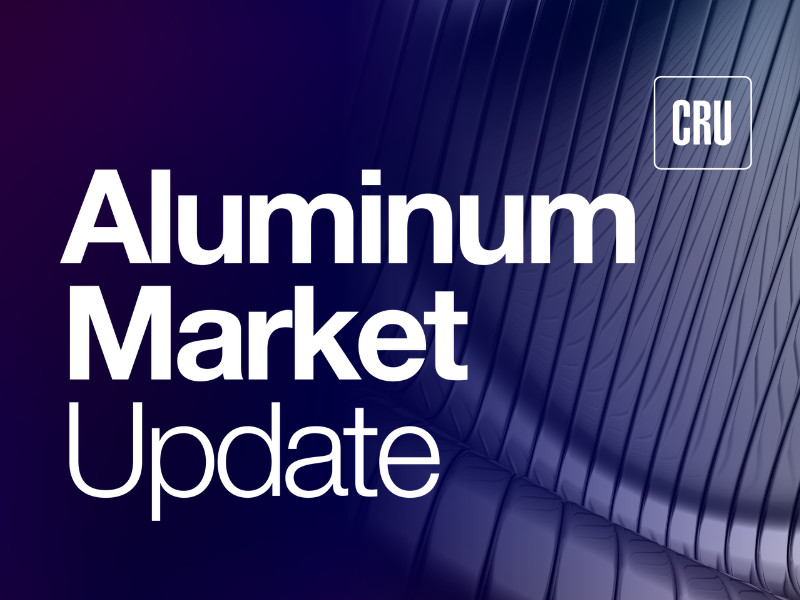Analysis

September 26, 2019
Trump Challenges California in Move to Lower Vehicle Emission Standards
Written by Tim Triplett
Last week, President Trump revoked the federal waiver that had allowed California to set vehicle emissions standards that are more restrictive than the federal standards. California and 22 other states quickly sued the Trump administration in federal court over the states’ rights to protect their own air quality. The president’s move sets in motion a legal fight likely to last well beyond the 2020 election, but has implications for both the auto industry and the environment.
The administration maintains that the auto industry needs a single unified standard with more reasonable emissions goals. If they can produce cars and trucks that are less expensive, more consumers will buy them, resulting in a net benefit to the environment as older vehicles are removed from the highways, they contend. Opponents argue that weakening the Obama-era emissions and fuel economy targets will slow the development of new technologies, such as electric vehicles, and is a step in the wrong direction for the environment and the fight against global warming.
“Today’s action meets President Trump’s commitment to establish uniform fuel economy standards for vehicles across the United States, ensuring that no state has the authority to opt out of the nation’s rules, and no state has the right to impose its policies on the rest of the country,” said Secretary of Transportation Elaine Chao. Details of the administration’s proposed Safer, Affordable, Fuel-Efficient (SAFE) Vehicles Rule can be found at NHTSA’s website and EPA’s website.
The American Iron and Steel Institute said in a statement that it continues to advocate for emissions standards that ensure steel remains the material of choice for automakers. “We believe that an overly stringent standard that optimizes tailpipe-only GHG emissions and fuel economy improvements—to the exclusion of other necessary and important design factors—would result in increased costs to consumers and negative effects on the environment,” said Thomas Gibson, AISI president and CEO. “We also continue to support efforts to reach a one national program solution, as we believe this is best for automakers, the automotive supply chain including the steel industry, consumers and the economy as a whole.”
Bernard Swiecki, assistant director of the industry, labor and economics group at the Center for Automotive Research, noted that the dispute is not just about California. More than a dozen other states have signed onto some or all of the California emission and fuel economy regulations.
Currently, under a compromise struck in 2009, U.S. car companies are striving to meet a single standard for the entire country. “It’s tougher than the automakers might like, but it’s just one standard,” Swiecki said. “The real peril would be the administration’s action creating an environment in which there are two different standards that would prevent the automakers from selling the same vehicle in all states.”
The timing of Trump’s challenge to California’s emissions rules is causing a lot of angst in the market. The car companies should begin production of 2021 model vehicles in less than a year and they don’t know for certain what standard they will be required to meet. “The industry hates uncertainty because their business is so capital intensive. In all likelihood this will be settled in court, and not anytime soon,” Swiecki said.
Even if the federal government eventually succeeds in lowering the air-quality standards, that does not mean the car companies will dial back their R&D. “Keep in mind these companies are global. They have to meet stricter standards in other countries such as Japan and Europe. More relaxed standards here won’t prevent them from having to develop alternative power train technologies. They will still need them because the rest of the world demands it,” Swiecki noted.
He added: “Remember, this is not just about fuel economy and emissions. We have to meet better safety and crash standards, as well, which has been a driver in the innovation of materials [such as advanced high-strength steels]. And safety is not being relaxed at all.”







